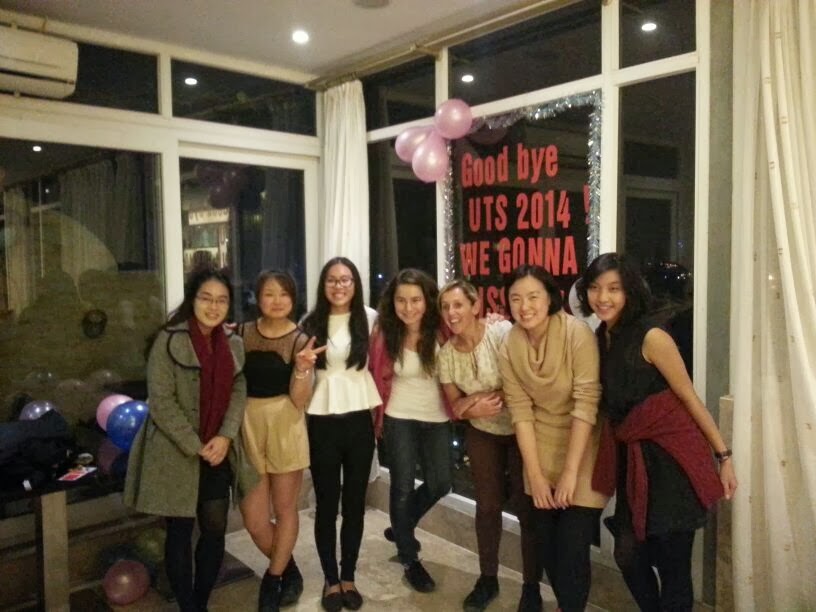My two-and-a-bit weeks in and around Hanoi have been
incredible. Bloom Microfinance are doing great work giving rural communities
access to investment capital and training programs. They’re also giving
tourists a glimpse of the everyday life of Vietnamese villagers.
Here are a few things I’ve learnt on this program with Bloom:
Good land is in short supply in Vietnam. With a population
density of nearly 300 people per square kilometre (in comparison Australia has
around 3) that’s not surprising. This puts huge pressure on farming families,
who need to grow enough rice to feed themselves, plus some extra crops to sell
for cash.
For a communist country, Vietnam seems to love capitalism.
I’d read lots before I came about the business boom that’s been happening in
this country over the past decade – and it’s obvious in nearly every part of
Vietnam. Everywhere you go there are ads for goods (foreign and local) and lots
of new development. The good news is that the standard of living seems to be
increasing for most Vietnamese people. The bad news is that the gap between the
rich and poor is getting wider all the time.
Harvesting cassava is really hard work! In fact, all farming
in Vietnam still uses a lot of manual labour. Workers here are just as likely
to be women as men. And people work well into their 60s and 70s. I really
admire the strength and stamina of the farmers we’ve met.
The only thing stopping NGOs from helping more is revenue. Raising funds is tough and time consuming. Most NGOs rely on foreign donors, who can influence how funds are spent. This can limit the options open to NGOs.
Traffic in Vietnam is crazy. From the incessant beeping to the motorcycles taking shortcuts through parks to the cars driving down the wrong side of the road, the streets of Vietnam are no place for the fainthearted. One of our Vietnamese guides told us that we were the bravest group they’d come across. We definitely embraced the gung-ho ‘just walk slowly into the on-coming traffic’ attitude very early
on!
Young people in Vietnam are working hard to learn English. I
was stopped on the street by three different sets of strangers wanting to
practice their English on me. From tourism students in their mid-twenties to
girls in their early years of high school, each of them wanted to improve their
skills as they knew it was the best way to improve their career opportunities.
NGO fieldwork requires patience and empathy. Working with a
community requires trust and that only comes with time and consultation. While
that might make change frustratingly slow, it’s the only way to make it
long-lasting. Communities need to be responsible for their own decisions, even
if they’re making the “wrong” ones. All outsiders can do is offer their
knowledge (when asked) and assist with resourcing programs that are truly
desired by the community.




































